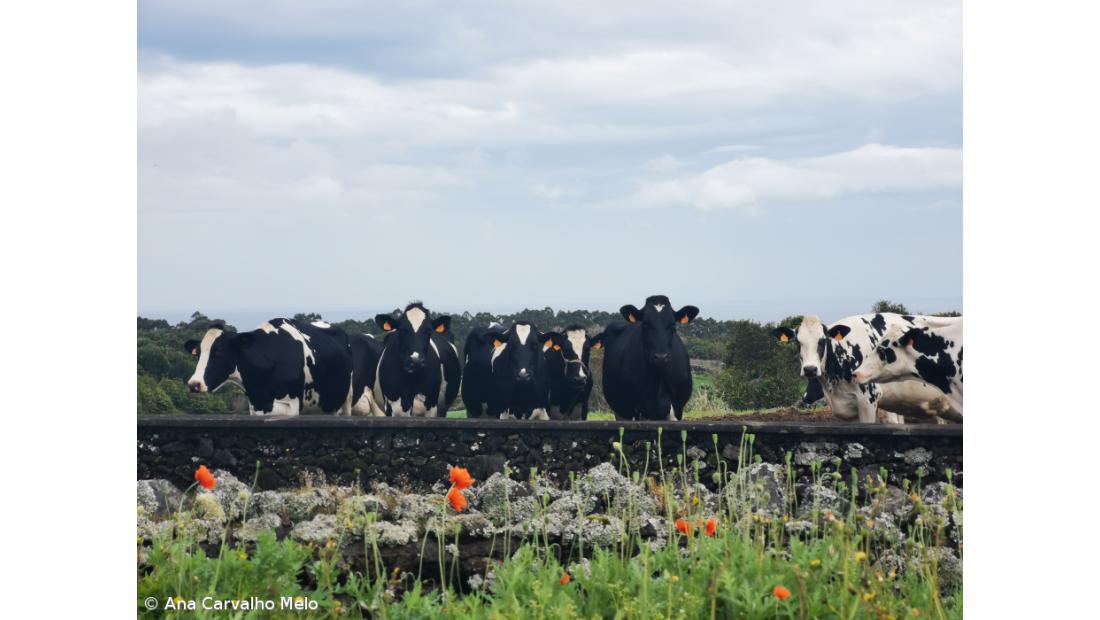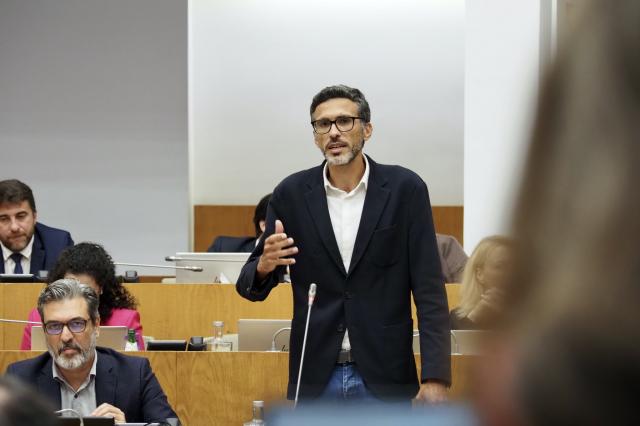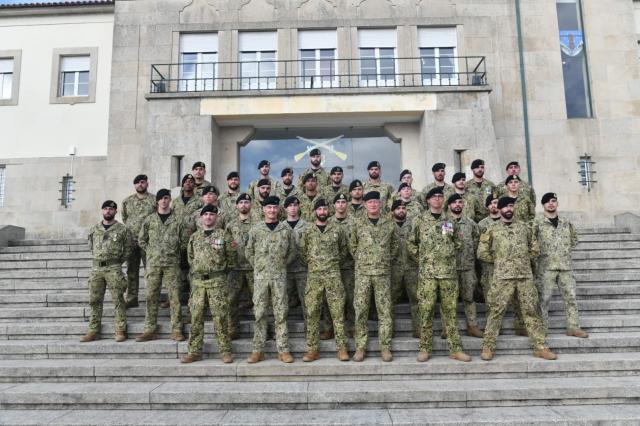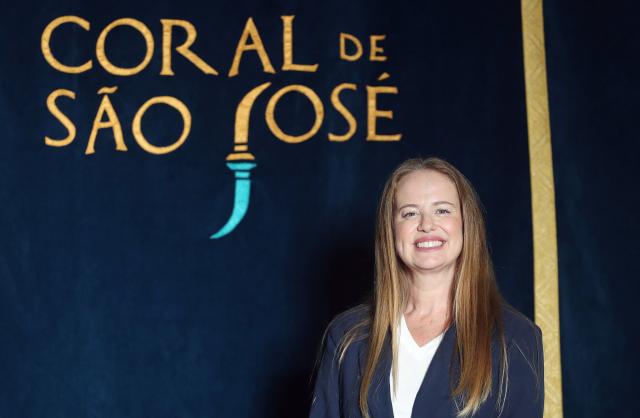Milk production in the Azores could be more efficient, making it more profitable for farmers, argues Anabela Gomes, a retired professor at the Faculty of Agricultural and Environmental Sciences at the University of the Azores.
In an interview with Açoriano Oriental, Anabela Gomes points to greater knowledge, better use of production factors and, for some farmers, a reduction in the size of the dairy cattle as the path to efficiency. But for this to happen, it will be necessary to change mentalities and design a POSEI that does not favor high-production cows.
Very large cows have very high maintenance costs, even when they are not producing milk. And the costs of a 680-750 kg cow are always higher than those of a 550- 600 kg cow. According to Gomes’s calculations for an article published in the newspaper of the Agricultural Association of Terceira Island, for some farmers it was enough to reduce the size of the cow, especially those whose cows spend periods undernourished, to increase their yield, she says.
According to literature, a 9,000-liter cow only produces 2,000 liters on grass, the rest is due to eating large quantities of concentrate. "It does not matter if the cow is out in the pasture all day, she may even have a lot of grass, but to produce 8000 to 9000 liters per lactation she needs to eat a lot of concentrate," she points out, and at a time when, due to the war in Ukraine and the general increase in production costs, including concentrates, the yield of these high-producing cows has been reduced.
Regardless of the scale, an efficient farmer is one who makes the most profit per liter of milk produced. Drawing on research carried out in Ireland, Anabela Gomes says that "in Ireland, cows should weigh around 550 kg and produce 6800 liters of milk with just 700 kg of concentrate over the 305 days of lactation. This means giving them feed only in the first few months of lactation. In the remaining months, grass and good quality silage will suffice.
However, this suggestion meets a lot of resistance, both from associations and trade, accentuated by the way POSEI Azores is designed, which, she says, "favors those who have more cows per hectare and per herd and/or high-producing cows and therefore produce a lot of milk", ultimately harming producers in less intensive systems and/or with smaller herds. "But we hope that the next POSEI will be more favorable to those with smaller farms and less intensive systems, ending the support per animal, per liter of milk and per tonnage of milk and becoming more of a direct income support, given per hectare, in a regressive way. In other words, as the number of hectares increases, the support per hectare decreases, and after a certain area there is no longer any subsidy. This would be a fairer form of support, because those who have 30 hectares and those who have 100 would get the same amount, and the latter should benefit from economies of scale."
Gomes gives the current support as an example: "On the islands of São Miguel and Terceira, farmers get 145 euros per cow. If you have 100 cows, that is 14,500 euros in income aid. While a farmer with 40 cows receives 5,800 euros. And this shouldn't be the mentality of income support: it should be more about supporting the smallest, because they are the ones who do not have the scale and have the hardest time earning an income." In addition, they are the ones who generally keep the poorest quality land clean, which is not of much interest to those who have larger farms, because those lands mean less income and require more hours of labor per hectare.







